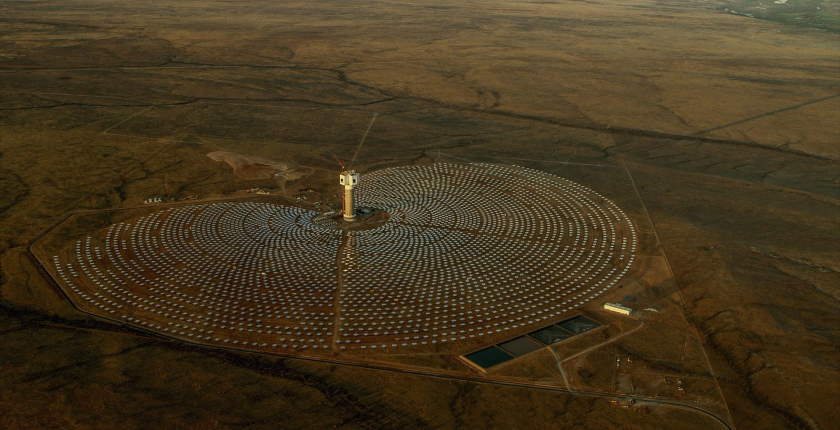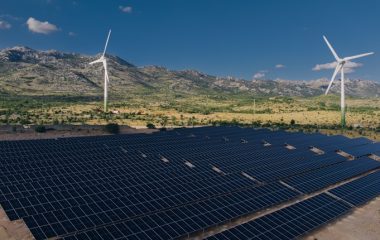
Photo: Christo Ras from Pixabay
Solar and wind technologies could currently capture at least 6,700 petawatt-hours (PWh) which is more than 100 times above the global energy demand. Around 60% of solar resources and 15% of wind resources are already more cost-effective than fossil fuel generation, according to a report called The Sky’s the Limit by the Carbon Tracker think tank.
Global energy consumption in 2019 was 65 petawatt-hours (PWh). However, with current technology, the world has the potential to capture more than 5,800 PWh annually from solar PV alone, while wind could capture nearly 900 PWh a year.
The poorest countries could be the biggest winners
Emerging economies have the greatest potential, allowing them to rise above energy dependence, secure cheap energy for all citizens, and create local jobs, the report underlines.
For example, Africa has a massive 39% of global potential and could become a renewables superpower.
By 2050, solar and wind could power the world, displacing fossil fuels entirely and producing cheap, clean energy
By 2030, all solar and over half of wind is likely to become more cost-effective than fossil fuels, and by 2050 solar and wind could power the world entirely and produce cheap, clean energy to support new technologies such as electric vehicles and green hydrogen, the document finds.
There is no need for vast occupation of land
According to the report, solar panels needed to meet global energy demand would take up just 0.3% of land, less than the area occupied by fossil fuels.
“The world’s largest oilfield, Ghawar in Saudi Arabia, which occupies 8,400 square kilometres, produces the equivalent of 0.9 PWh each year. Building solar panels over the same area would generate 1.2 PWh a year on average globally and 1.6 PWh in Saudi Arabia, which is sunnier than average,” the report finds.
On of the key drivers of change is energy independence because 80% of people live in countries that import fossil fuels
Financial markets are waking up to the opportunity: in 2020, clean energy companies raised more money than fossil fuel companies through public offerings for the first time.
The Sky’s the Limit adds the key barrier to change is now political, but that growth is likely to continue as more countries recognise the potential of renewables.
Energy independence is among three key drivers of change – 80% of people live in countries that import fossil fuels, so renewables offer the chance to cut costs, create local jobs and reduce their energy dependency.
Falling costs are trigger
The economic potential of solar has been unleashed by a huge fall in costs, down by an average 18% every year since 2010.
It is growing faster than any previous energy technology of comparable size, with an average annual increase of 39% in the last decade – nearly doubling capacity every two years. Wind is on a similar trajectory: over the last decade, prices have fallen by an average 9% per year while capacity has grown 17% a year, the report finds.
A growth rate of 15% would see solar and wind generate all global electricity by the mid-2030s and provide all energy by 2050
The report finds that a growth rate of 15% would see solar and wind generate all global electricity by the mid-2030s and provide all energy by 2050 as falling costs and technological advances overcome the challenges of powering sectors like steel and cement production.
The report uses BNEF data on the levelised cost of solar energy around the world to calculate the share of economical solar production, taking the mid-price in each country and comparing it with the cheapest fossil fuel.


















Be the first one to comment on this article.